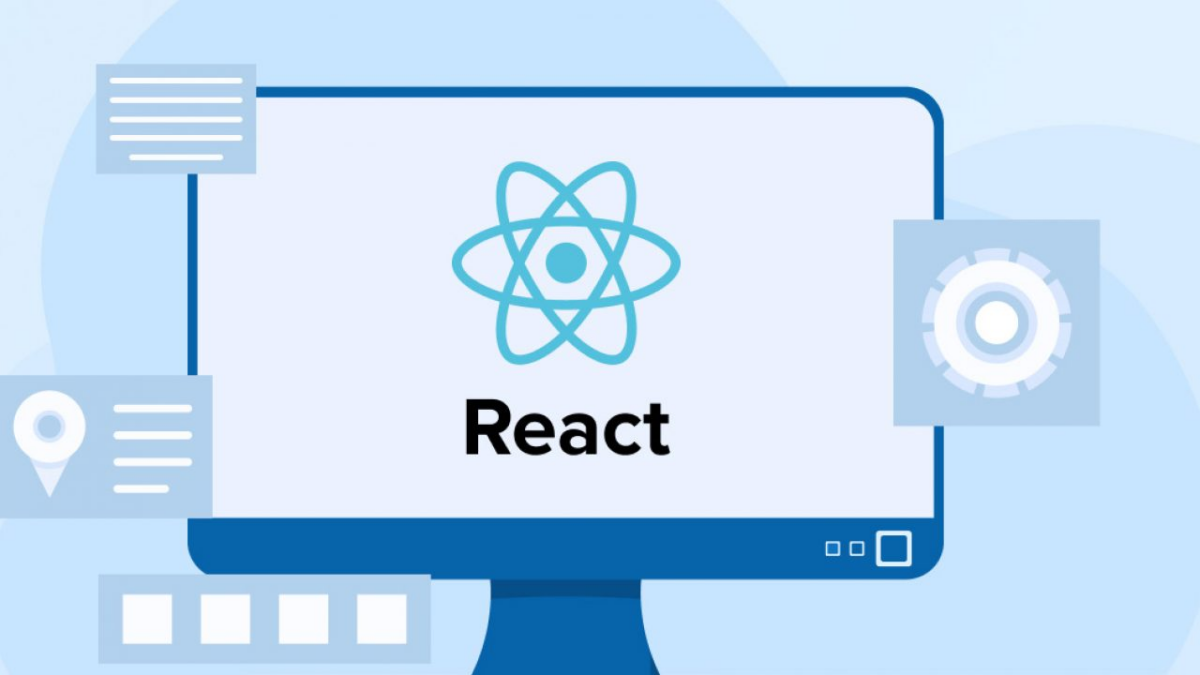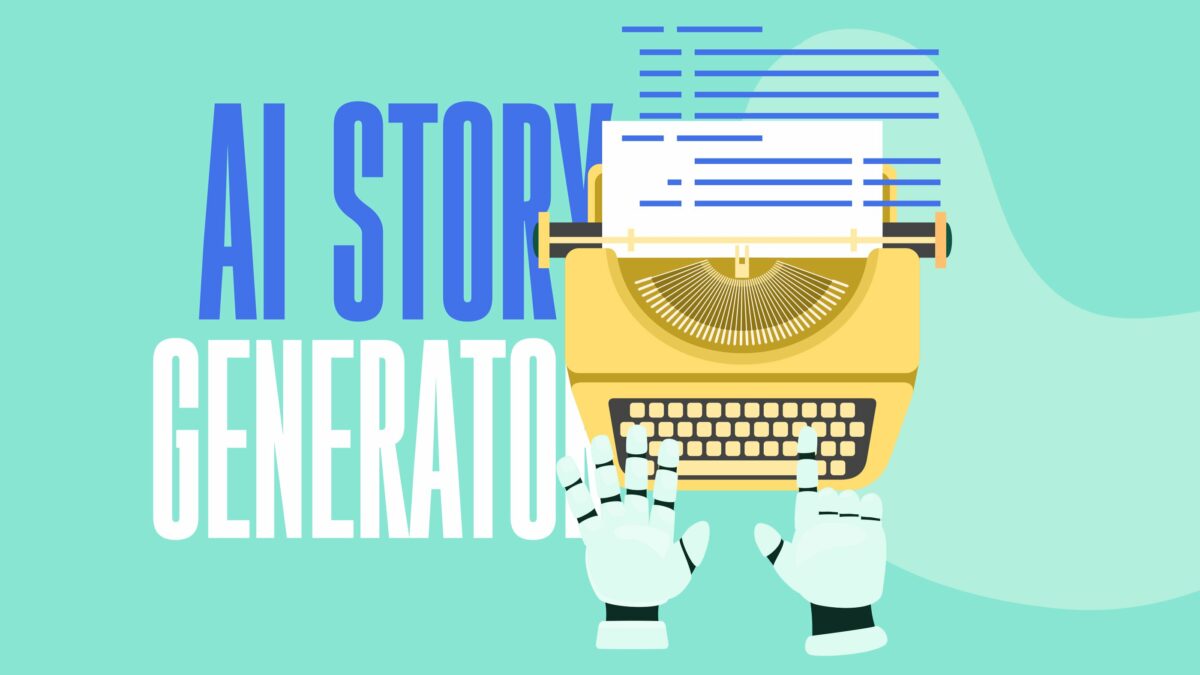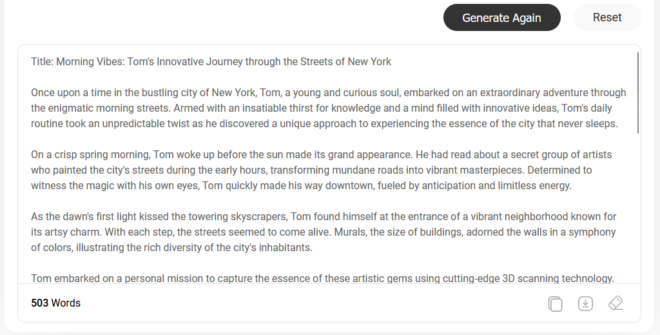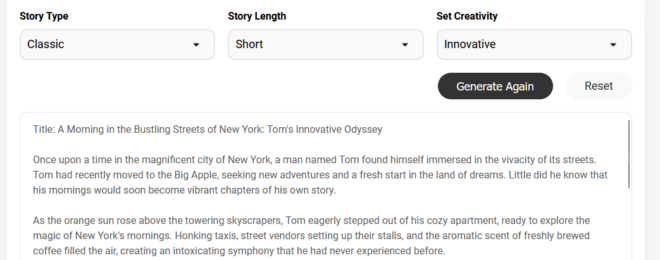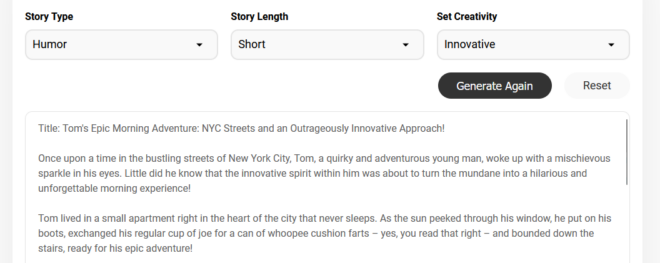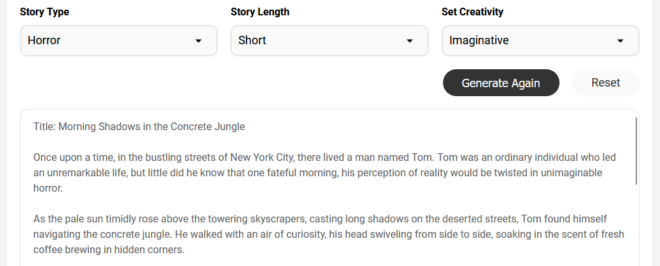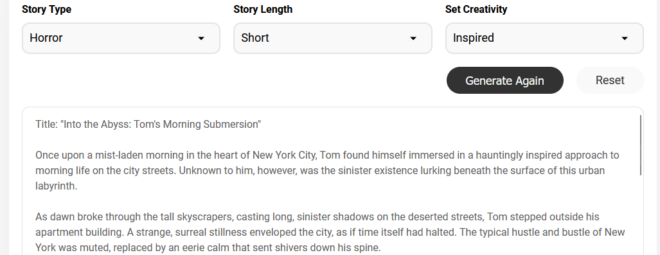Software as a Service (SaaS) has converted how businesses and people use programs. Unlike traditional software fashions, SaaS application development specialises in cloud-based solutions, allowing users to access packages through a web browser without local installation. This method reduces operational fees, enhances scalability, and improves accessibility, making it popular for startups and organisations. Understanding the essential standards of SaaS application development is crucial for the ones trying to construct a SaaS platform earlier than diving into the technical and commercial enterprise aspects. The best SaaS app developmentpractices ensure seamless user enjoyment, and at the same time, understanding how to create a SaaS app facilitates organisations in optimising overall performance and security efficiently.
Shape the Future of Tech! Join the Developer Nation Panel to share your insights, drive tech innovation, and win exciting prizes. Sign up, take surveys, and connect with a global community shaping tomorrow’s technology.
What is SaaS? Key Features and Business Benefits
SaaS refers to software programs hosted in the cloud and supplied to customers on a subscription basis. It removes the need for luxurious infrastructure, making it best for agencies of all sizes. Some key features of SaaS consist of:
- Multi-tenancy: An unmarried software example serves multiple clients even as retaining non-public facts. This technique guarantees protection, personalised studies, and efficient management, making it essential for SaaS application development.
- Automatic Updates: SaaS companies deal with updates centrally, lowering IT workload. Users get the latest functions, protection patches, and overall performance upgrades without guide installations, ensuring reliability within the best SaaS app development.
- Scalability: Build a SaaS platform that scales based on a call for optimising performance without hardware investments. Cloud infrastructure permits fee-powerful aid allocation and seamlessly supports consumer increase.
- Security: Secure cloud environments use encryption and get entry to controls, as well as compliance measures like GDPR and HIPAA. SaaS application development services ensure facts safety, prison compliance, and purchaser acceptance as true.
SaaS offers business advantages, including a decrease in upfront charges, clean integration with other offerings, and international accessibility. It allows companies to focus on core operations while outsourcing infrastructure control to cloud companies.
Market Research and Planning: Defining Your SaaS Product Idea
Before constructing a SaaS utility, thorough marketplace research and making plans are essential. Key steps include:
- Identifying a Problem: Successful SaaS application development solves real problems: research trends, feedback, and competitors to identify marketplace gaps. A sturdy problem-solution match ensures a scalable and treasured SaaS product.
- Defining Your Target Audience: Understanding users’ wishes enables building a SaaS platform with applicable capabilities. Consider enterprise, enterprise size, and behaviour to tailor your product for maximum adoption and customer pleasure.
- Competitive Analysis: Analyze competitors’ functions, pricing, and evaluations to distinguish your product. Focusing on usability, affordability, or innovation gaps guarantees your best marketplace’s app development.
- Monetisation Strategy: Choose a subscription, freemium, or pay-in-step with-use version. SaaS application development services must balance sales era and accessibility even when considering the market call for and competition pricing.
- Validating Your Idea: Refine your concept through surveys, MVPs, or beta exams. Successfully creating a SaaS app depends on testing with real customers to ensure the market is in shape and has long-term success.
Choosing the Right Technology Stack for SaaS Development
The technology stack plays a crucial position in the performance and scalability of a SaaS application. Choosing the proper tools guarantees efficiency, protection, and flexibility. A properly decided-on stack optimises the development method, improves maintainability, and complements the consumer experience. Here are the key components to keep in mind:
- Frontend Technologies: HTML, CSS, and JavaScript frameworks like React, Angular, or Vue.Js decorate SaaS application development, allowing responsive designs, rapid rendering, and seamless navigation for an attractive consumer experience across all gadgets.
- Backend Technologies: Node.Js, Python, and Java ensure balance in SaaS application development services offerings with green data dealing with easy API interactions and scalable server-side answers that simultaneously help multiple customers.
- Database: PostgreSQL, MySQL, and MongoDB optimise facts retrieval and indexing. A strong database foundation is essential to build a SaaS platform that efficiently manages consumer interactions and big datasets.
- Cloud Platforms: AWS, Google Cloud, and Azure allow the best SaaS app development with secure, scalable hosting, computerised scaling, disaster healing, and real-time monitoring for high availability and price efficiency.
- Security Measures: SSL encryption, OAuth, and GDPR compliance protect records. Safety in SaaS application development guarantees customer consideration, reduces cyber threats, and meets enterprise standards.
- API Integration: RESTful APIs and GraphQL enhance connectivity. How to create a SaaS app entails seamless 1/3-party integrations, automation, and extended functionality to enhance personal experience and business performance.
Choosing the proper stack ensures your utility remains scalable, secure, and green in coping with large consumer bases.
Designing a User-Friendly and Scalable SaaS Application
- Intuitive UI/UX Design: A seamless UI is essential in SaaS application development. Clear navigation, responsive layout, and fast-loading instances enhance engagement, ensuring users interact quickly with the platform for a better experience.
- Personalisation: How do you successfully create a SaaS app? Offer customisable dashboards, role-based get admission to, and tailored settings. Personalisation improves engagement, making the platform greener and more consumer-centric.
- Scalability: Build a SaaS platform with microservices and cloud-based total infrastructure. This permits dynamic scaling, ensuring strong overall performance as person demand grows without impacting performance.
- Performance Optimization: The best SaaS app development prioritises speed. Caching, CDNs, and cargo balancing reduce latency, optimise database queries, and maintain steady performance even with high visitors.
- Security and Compliance: SaaS application development services must ensure certain encryption, steady authentication, compliance with GDPR and HIPAA, and safeguarding personal statistics while building belief and reliability.
Development Process: Building the Core Features of a SaaS Application
Once the making plans and layout degrees are entire, the improvement phase starts offevolved. Core capabilities to attention on encompassing:
- User Authentication: A secure login system is essential for SaaS application development. Implement OAuth, -component authentication, or SSO to decorate security, shield personal data, and provide seamless access across several devices.
- Dashboard & Analytics: Build a SaaS platform with real-time reviews and record visualisation. A well-designed dashboard enables users to improve overall performance, optimise processes, and make informed selections using actionable insights.
- Payment Integration: Subscription control is crucial in SaaS application development services. Integrate Stripe, PayPal, or Razorpay to provide seamless billing, invoicing, and stable transactions for international customer convenience.
- Collaboration Features: The best SaaS app development includes a multi-consumer guide, team collaboration tools, and real-time chat, allowing corporations to increase productivity and streamline workflows efficiently.
- Automated Backups: Regular data backups are vital for creating a SaaS app. Automate backups to prevent information loss, provide certain restoration alternatives, and maintain platform stability and reliability.
- API Accessibility: API integration expands platform talents—SaaS application development advantages from allowing third-birthday celebration builders to create custom solutions to enhancing scalability and personal enjoyment.
Develop in an agile environment, conduct regular checking out, and ensure the MVP is purposeful before adding superior functions.
Hosting, Deployment, and Infrastructure Management for SaaS
Proper website hosting and deployment ensure your SaaS software is reliable and scalable. Key considerations include:
- Cloud Hosting: AWS, Google Cloud, and Azure offer scalable and reliable website hosting. These offerings are essential for SaaS application development and ensure excessive availability, protection, and seamless performance for users.
- Containerisation: Tools like Docker and Kubernetes simplify deployment and scaling. When you build a SaaS platform, containerisation complements flexibility, improves aid utilisation, and guarantees efficient management of microservices structure.
- Load Balancing: Distributing site visitors across multiple servers prevents overload and guarantees stability. SaaS application development services depend on powerful load balancing to maintain fast reaction times and uninterrupted consumer access.
- Monitoring & Logging: Tools like Prometheus, Grafana, and ELK Stack track performance and locate problems. Real-time monitoring enhances reliability, security, and overall utility performance, allowing exceptional SaaS app improvement.
- Disaster Recovery: Implementing failover strategies and backups guarantees enterprise continuity. Planning catastrophe recuperation to minimise downtime and defend important user data is also part of creating a SaaS app.
Implementing Marketing Strategies for SaaS Customer Acquisition
A great SaaS product desires a powerful advertising strategy. Key advertising techniques consist of:
- Content Marketing: Share blogs, whitepapers, and case studies to educate customers about SaaS application development. Providing valuable insights builds acceptance as true and draws potential customers looking for reliable SaaS solutions.
- SEO & SEM: Optimize your website with targeted key phrases, such as “how to create a SaaS app” and “run PPC campaigns.” Strong search visibility improves lead generation for SaaS services and products.
- Email Marketing: Engage leads via newsletters and onboarding emails, highlighting SaaS application development services. Personalised content improves conversion fees and strengthens consumer relationships for lengthy-term retention.
- Social Media and Influencer Marketing: Using LinkedIn, Twitter, and influencers to sell the best SaaS app development techniques. Industry leaders assist in establishing credibility and extending logos correctly.
- Referral Programs: Encourage users to refer others when they build a SaaS platform. Incentives like discounts or distinctive functions effectively drive natural growth and consumer acquisition.
- Freemium and trial Models: Offer loose trials to showcase functions and convert customers into paying clients. This technique demonstrates the value of SaaS application development while offering better adoption fees. Features drive organic growth and customer acquisition efficiently.
Post-Launch Maintenance, Support, and Scaling Strategies
After launching, continuous upgrades and assistance are vital. Essential strategies include:
- User Feedback & Updates: SaaS application development must regularly collect remarks to improve usability. Implementing user tips ensures continuous development, assisting organisations in staying aggressive and effectively meeting evolving patron desires.
- Customer Support: Offering live chat, e-mail, and know-how bases enhances user experience in the best SaaS app development. A robust assist device preserves customers and ensures smooth issue resolution.
- Bug Fixes & Security Patches: Regular SaaS application development services updates restore vulnerabilities, ensuring software program safety. Addressing insects directly improves reliability and builds user agreement by maintaining a stable platform.
- Scaling Infrastructure: Upgrading servers and databases guarantees seamless performance while constructing a SaaS platform. Scalable infrastructure adapts to user boom, optimising efficiency and preserving fee-powerful resource management.
- Expanding Features: Learn how to create a SaaS app by introducing functions primarily based on personal demand. Regular updates aligned with marketplace trends enhance user engagement and provide long-term enterprise growth possibilities.
Conclusion: Key Takeaways for Building a Successful SaaS Business
Building a SaaS utility requires strategic making plans, a robust era, and effective marketing. Focus on solving real issues, choosing the proper era stack, and constantly decorating consumer enjoyment. You can create a successful SaaS commercial enterprise that prospers in an aggressive marketplace by implementing robust security features, scalable infrastructure, and proactive customer support.


